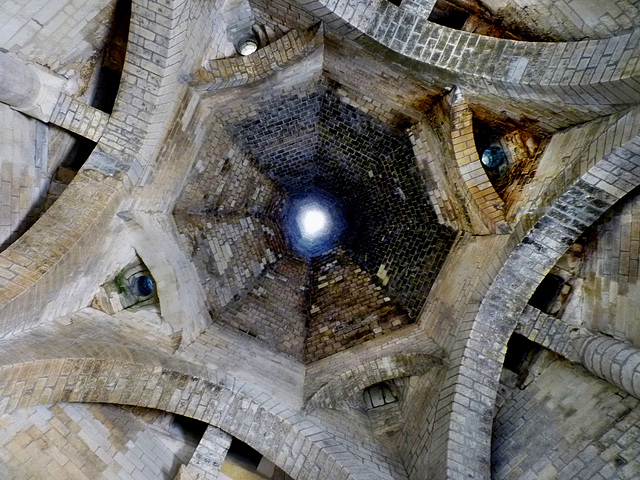Saumur - Château
Saumur - Château
Le Vieil-Baugé - Saint-Symphorien
Baugé - Château
Fougeré - Saint-Étienne
Fougeré - Saint-Étienne
Fougeré - Saint-Étienne
Angers - Maison d'Adam
Le Mans - Saint-Julien du Mans
Le Mans - Saint-Julien du Mans
Le Mans - Saint-Julien du Mans
Le Mans - Saint-Julien du Mans
Le Mans - Saint-Julien du Mans
Le Mans - Saint-Julien du Mans
Le Mans - Saint-Julien du Mans
Le Mans - Saint-Julien du Mans
Le Mans - Saint-Julien du Mans
Le Mans - Saint-Julien du Mans
Le Mans - Saint-Julien du Mans
Le Mans - Saint-Julien du Mans
Le Mans - Saint-Julien du Mans
Le Mans - Saint-Julien du Mans
Le Mans - Saint-Julien du Mans
Fontevraud Abbey
Fontevraud Abbey
Fontevraud Abbey
Fontevraud Abbey
Fontevraud Abbey
Fontevraud Abbey
Fontevraud Abbey
Fontevraud Abbey
Fontevraud Abbey
Fontevraud Abbey
Fontevraud Abbey
Fontevraud Abbey
Fontevraud Abbey
Fontevraud Abbey
Fontevraud Abbey
Fontevraud Abbey
Fontevraud Abbey
Fontevraud Abbey
Fontevraud Abbey
Breuil-sous-Argenton - Charolaise
Breuil-sous-Argenton - Château de l'Ebaupinay
Argenton-Château - Saint-Gilles
Location
See also...
Keywords
Authorizations, license
-
Visible by: Everyone -
All rights reserved
-
356 visits
Fontevraud Abbey


Robert d'Arbrissel (1045 – 1116) started as an itinerant preacher, was exiled to Paris. Then was an archpriest fighting lay investiture and clerical concubinage. His reforming zeal aroused such enmity that he was compelled to leave the diocese.
He became a hermit. His piety and eloquence attracted many followers, for whom in 1096 he founded the monastery of La Roé.
Robert left the convent and, living in the utmost destitution, worked again as an itinerant preacher. His eloquence drew crowds and provoked the church hierarchy. So in 1100, he was requested to give up the nomadic life and to settle down with his followers. Robert founded the "double monastery" Fontevraud Abbey.
He could bear the sedentary life only for a short while. He appointed Hersende de Champagne (Heloisa´s mum?) to lead the convent and hit the road again. In 1116 he died in the Priory of Orsan.
From the very beginning the convent had a strong support from the aristocracy, above all from the House of Plantagenet, who had chosen this abbey as a burial place. Eleanor of Aquitaine, one of the most powerful ladies of medieval times, joined the convent, when she retired from the political powergame in 1200.
The convent was successful and existed upto the French Revolution.
In 1804 Napoleon signed a decree, transforming the abbey (once model of the "ideal city") into a prison. Holding upto 2000 prisoners, the prison was known to be of the "toughest in France".
Standing in the kitchen looking up (into the chimneys). All the whitish bricks seen here were surely blackened with soot, when the cooks were roasting pork and beef over the fire. Stews simmering over the fire..
He became a hermit. His piety and eloquence attracted many followers, for whom in 1096 he founded the monastery of La Roé.
Robert left the convent and, living in the utmost destitution, worked again as an itinerant preacher. His eloquence drew crowds and provoked the church hierarchy. So in 1100, he was requested to give up the nomadic life and to settle down with his followers. Robert founded the "double monastery" Fontevraud Abbey.
He could bear the sedentary life only for a short while. He appointed Hersende de Champagne (Heloisa´s mum?) to lead the convent and hit the road again. In 1116 he died in the Priory of Orsan.
From the very beginning the convent had a strong support from the aristocracy, above all from the House of Plantagenet, who had chosen this abbey as a burial place. Eleanor of Aquitaine, one of the most powerful ladies of medieval times, joined the convent, when she retired from the political powergame in 1200.
The convent was successful and existed upto the French Revolution.
In 1804 Napoleon signed a decree, transforming the abbey (once model of the "ideal city") into a prison. Holding upto 2000 prisoners, the prison was known to be of the "toughest in France".
Standing in the kitchen looking up (into the chimneys). All the whitish bricks seen here were surely blackened with soot, when the cooks were roasting pork and beef over the fire. Stews simmering over the fire..
- Keyboard shortcuts:
Jump to top
RSS feed- Latest comments - Subscribe to the comment feeds of this photo
- ipernity © 2007-2024
- Help & Contact
|
Club news
|
About ipernity
|
History |
ipernity Club & Prices |
Guide of good conduct
Donate | Group guidelines | Privacy policy | Terms of use | Statutes | In memoria -
Facebook
Twitter

Sign-in to write a comment.